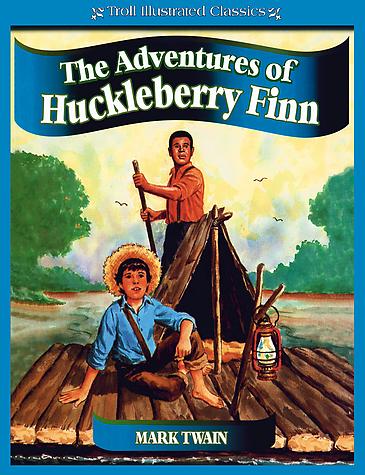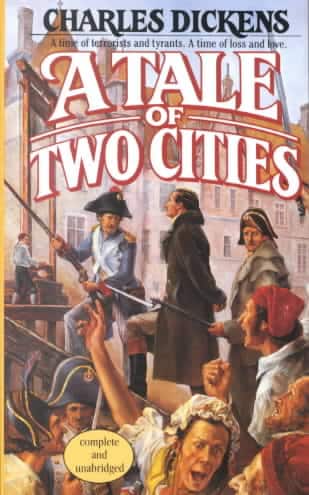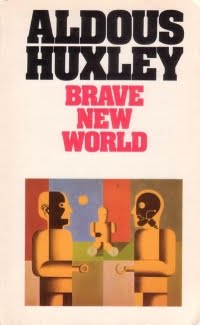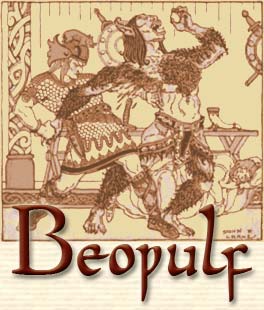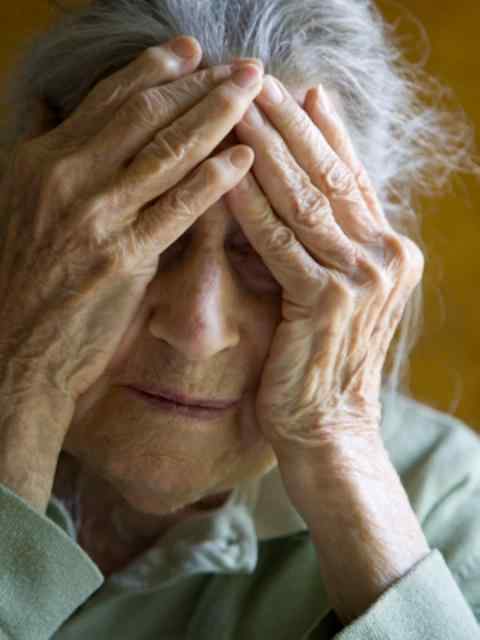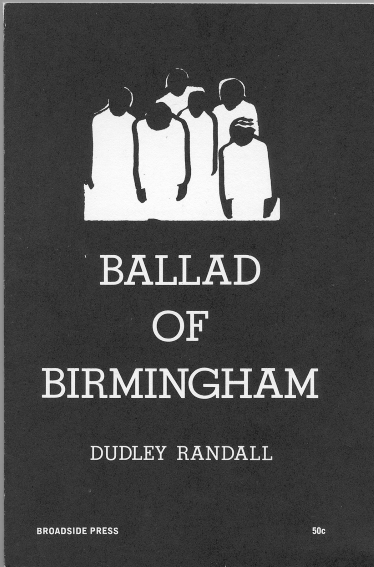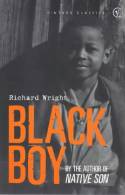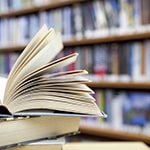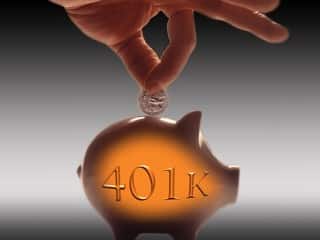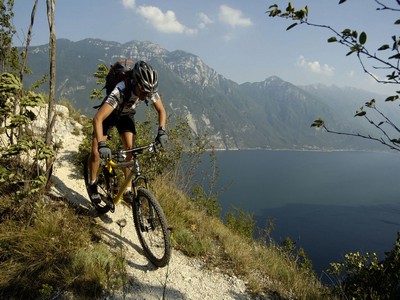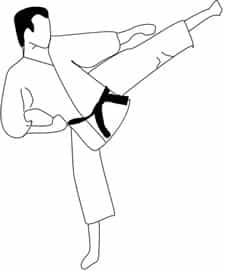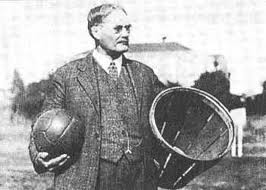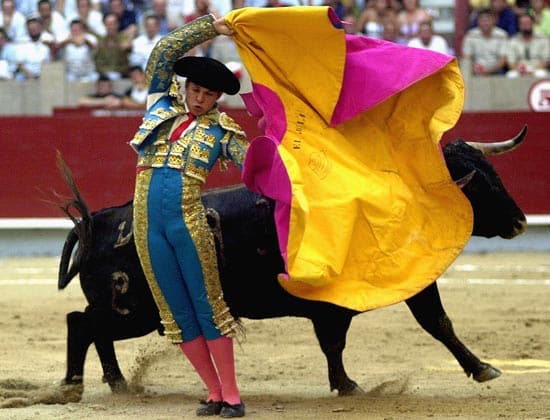Tutor and Freelance Writer. Science Teacher and Lover of Essays.
Article last reviewed: 2022 | St. Rosemary Institution © 2010-2024 | Creative Commons 4.0
The conflict between society and the individual is a very important theme portrayed throughout Mark Twain’s The Adventures of Huckleberry Finn. Many people see Huckleberry Finn as a mischievous boy who is a bad influence to others. Huck is not raised in agreement with the accepted ways of civilization. He practically raises himself, relying on…
In Mark Twain’s novel, The Adventures of Huckleberry Finn, Twain develops the plot into Huck and Jim’s adventures allowing him to weave in his criticism of society. The two main characters, Huck and Jim, both run from social injustice and both are distrustful of the civilization around them. Huck is considered an uneducated backwards boy,…
A Tale of Two Cities has long been one of Charles Dickens’ most favored books. This book opens in the year 1775 by contrasting two cities: Paris, France and London, England. Throughout this story various characters are “recalled to life”, meaning that they have had a new chance at life. Dr. Manette is clearly mad…
The play depicts the feelings and thoughts of the people of their time. Their feelings are different then what we see today in our lives. The family had to deal with poverty and racism. Not having enough money and always being put down because of the color of their skin held them back from having…
Critics usually describe Hemingway’s style as simple, spare, and journalistic. These are all good words; they all apply. Perhaps because of his training as a newspaperman, Hemingway is a master of the declarative, subject-verb-object sentence. His writing has been likened to a boxer’s punches–combinations of lefts and rights coming at us without pause. Take the…
The Call of the Wild has a very interesting plot. It is centered on a St. Bernard and Scotch Shepherd mix, named Buck. At home, which was a large house in the sun, he ruled over all dogs. Buck was Judge Miller’s inseparable companion, until a man named Manuel, who was the one of the…
Aldous Huxley’s Brave New World presents a portrait of a society which is superficially a perfect world. At first inspection, it seems perfect in many ways: it is carefree, problem free and depression free. All aspects of the population are controlled: number, social class, and intellectual ability are all carefully regulated. Even history is controlled…
The first reference of blood is one of honor, and occurs when Duncan sees the injured sergeant and says “What bloody man is that?”. This is symbolic of the brave fighter who been injured in a valiant battle for his country. In the next passage, in which the sergeant says “Which smok’d with bloody execution”,…
The early English epic Beowulf is filled with a marvelous hero, ghastly villains, far off lands, and deeds of great valor. These are someof the reasons why Beowulf is a great example of an early English epic. Beowulf is an epic because it has action that consists of deeds of great valor, the setting of…
Memory loses are sometimes trivial and meaningless and go unrecognized. However, when these loses are so great that a person does not know who or where they are the concerns are quite grave. Although it is realize that Alzheimer’s disease destroys the brain memory function, many do not realize precisely how the memory is destroyed…
In the poem Ballad of Birmingham, by Dudley Randall, written in 1969, Mr. Randall uses of irony to describes the events of the mothers decision, and also her concern for the welfare of her darling little child. It seems odd that this child would even know what a freedom march is, but this would be…
Black Boy, an autobiography by Richard Wright, is an account of a young African-American boy’s thoughts and outlooks on life in the South while growing up. The novel is 288 pages, and was published by Harper and Row Publishers in (c)1996. The main subject, Richard Wright, who was born in 1908, opens the book with a…
In the Novel Beloved, by Toni Morrison unmasks the horrors of slavery, and depicts its aftermath on African Americans. The story is perfect for all who did not experience nor could imagine how it was to be an African American in America circa the 1860’s. Beloved lends a gateway to understanding the trials and tribulations…
In 1965, President Lyndon B. Johnson issued Executive Order #11246 at Howard University that required federal contractors to undertake affirmative action to increase the number of minorities that they employ. He wanted to ensure that minorities were recruited to have real opportunities to be hired and then eventually get a promotion. In 1969, the Department…
There are many economic issues facing the nation today. While some are extremely important in determining how the economy is balanced, others are not. Although this is true, that does not necessarily make these lesser important issues obsolete. Take, for example, the recent issue of corporate leaders matching contributors to the 401(k) plan with company…
It has been a decade in the making, but the mountain bike has become a passion for many people. Along with this passion it has also become the most environmental way to get from point A to B. It has gone through a very intense evolution process over the past decade. It all started with…
The term “martial arts” is a general term used to describe general types of fighting. Most martial arts practiced today came from China, Japan, and Korea. There are hundreds of types of martial arts, each divided into specific styles or systems. Technically, martial arts fall into two categories: percussive, and non-percussive. In percussive martial arts…
Who is known world-wide as the inventor of basketball? His name is Dr. James Naismith, he was born in 1861 in Almonte, Ontario. Most people wonder were a young man would think of a game like basketball. The concept of basketball was born from his school days in the area where he played a simple…
The spectacle of bullfighting pits a man against a charging bull. The bullfighter, called a matador, faces the bull in a large dirt-filled arena that is usually surrounded by spectators. Aided by a group of apprentices, called the cuadrilla, the matador goads the bull into charging at him. A bullfight usually features three matadors, each…
Type II muscle fibers oxidize lactate at a very fast rates. When muscle contraction produces a significant amount of lactate, it is then released into the central circulation of the blood, and within seconds it is made available to that muscle for energy. Therefore, 75% of the lactate produced from high intensity exercise is made…

